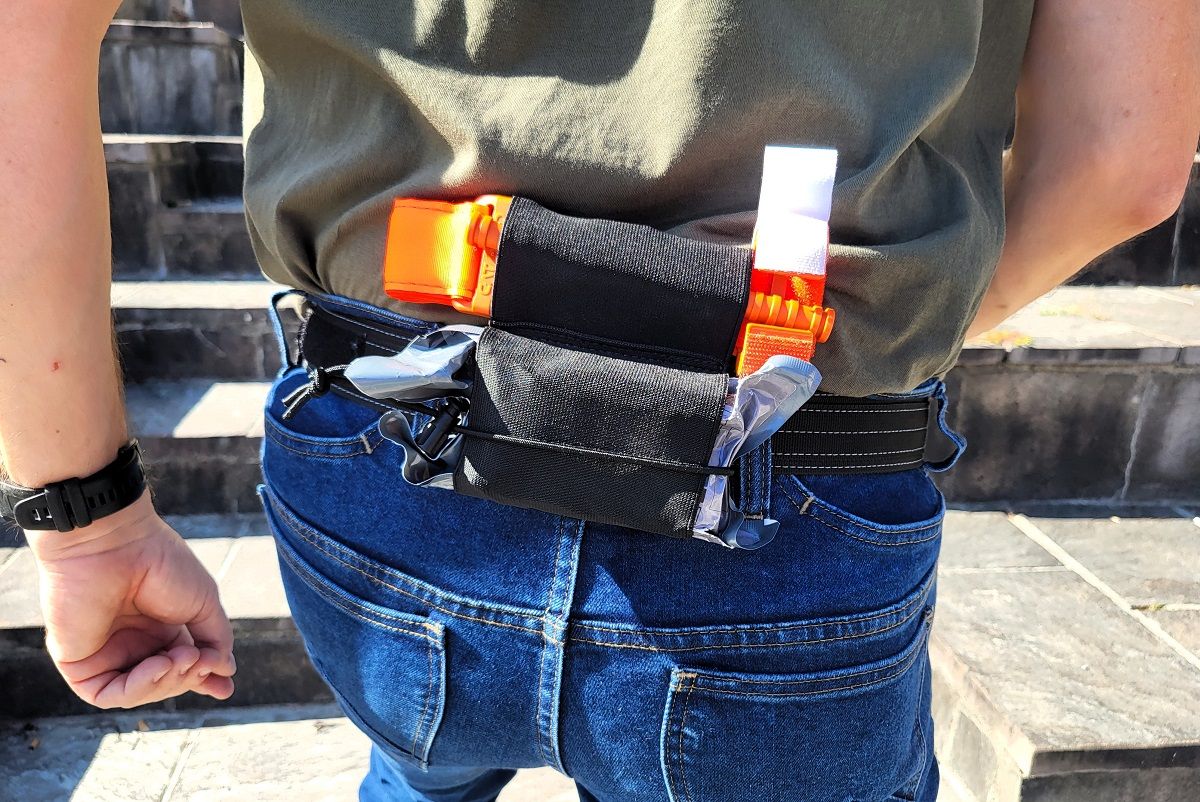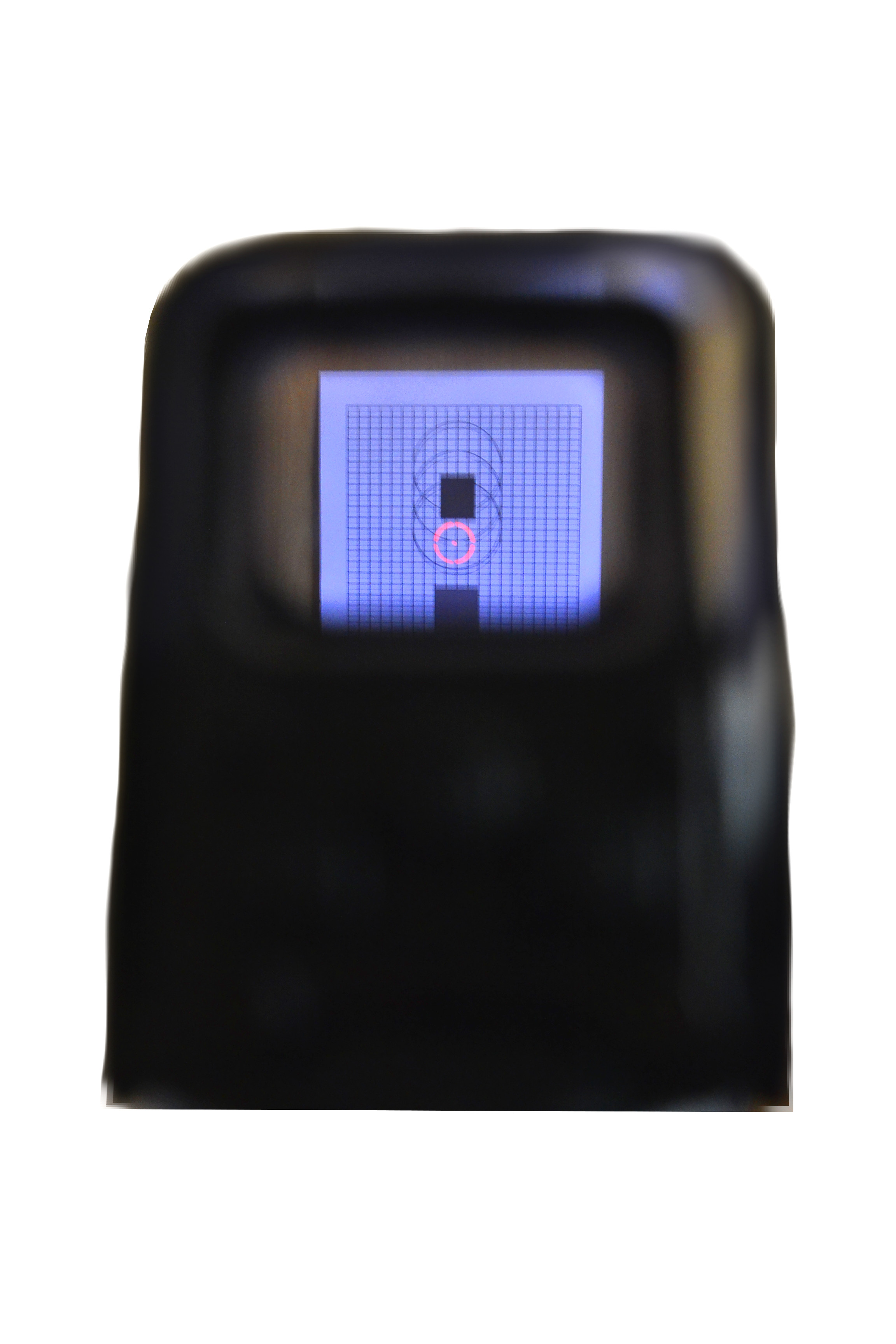Get the weekly SPARTANAT newsletter.
Your bonus: the free E-Book from SPARTANAT.

TRAINING WITH KL STRATEGIC (7.2): GOALS - Getting straight to the point
Red dot sights simplify targeting at close and medium distances, but require correct usage. This article discusses how to aim using red dot sights and the techniques involved. Key considerations include using both eyes open, setting brightness based on lighting conditions, and maintaining an optimal distance from the eye when mounting the sight. Images illustrate these points.
Red dot or reflex sights are part of closed sights and therefore place different demands on target technology than open sights (see here Part 7-1). The following will take a look at how to use these target optics for aiming and the technique behind it.
Red dot sights greatly simplify the targeting process at close and medium distances and thus offer the shooter a major simplification in firearms handling - if used correctly.
Compared to open sights, red dot sights have the advantage that a target mark is projected onto the target's image plane, eliminating the need to focus on different image planes. This allows for a very quick and accurate target acquisition and, therefore, a faster trigger release when used correctly.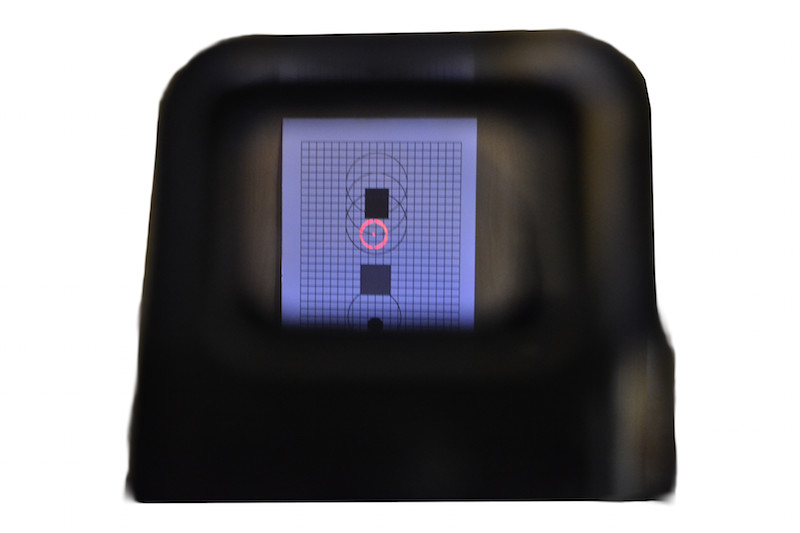
However, there are some basic things to consider when using red dot sights:
- Both Eyes Open
Red dot sights are designed for quick target acquisition and firing. The origin in the official or military sector is a development of the laser sight. While the laser places a mark directly on the target and can therefore determine the source location, a red dot sight does not emit light on the target, providing a similar result for the shooter.
The use as an optical aid for fast target acquisition while maintaining spatial vision was the original idea. However, this requires using both eyes open to maintain spatial vision. The early models, as well as inexpensive models of today, make this demand on the user to function correctly. Spatial vision requires a certain position of the eyes in their eye sockets relative to each other. The focus lies - depending on spatial conditions - a few meters in front of the person in the room. If something attracts a shooter's attention, usually the target, the focus shifts to that area. The target mark is now brought into this established field of view with the help of the red dot sight, without the focus being on this point.
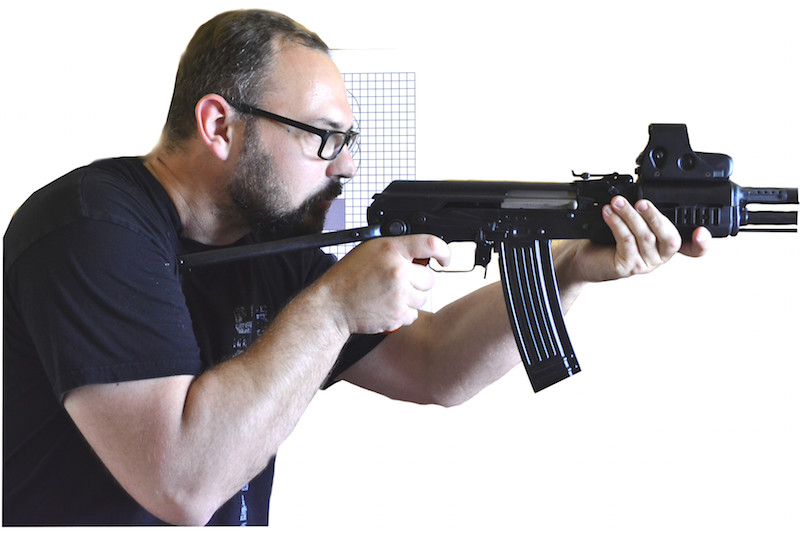 Now, if you close the non-aiming eye, not only spatial vision is lost, but the position of the open eye in the eye socket changes. The angle at which light enters the eye through the lens changes. This can be observed by the red dot seemingly shifting in the optics. The same happens with these models when the viewing angle through the optics changes. Newer generations provide a solution to this shift, where the target mark is projected as a hologram between two lenses.
Now, if you close the non-aiming eye, not only spatial vision is lost, but the position of the open eye in the eye socket changes. The angle at which light enters the eye through the lens changes. This can be observed by the red dot seemingly shifting in the optics. The same happens with these models when the viewing angle through the optics changes. Newer generations provide a solution to this shift, where the target mark is projected as a hologram between two lenses.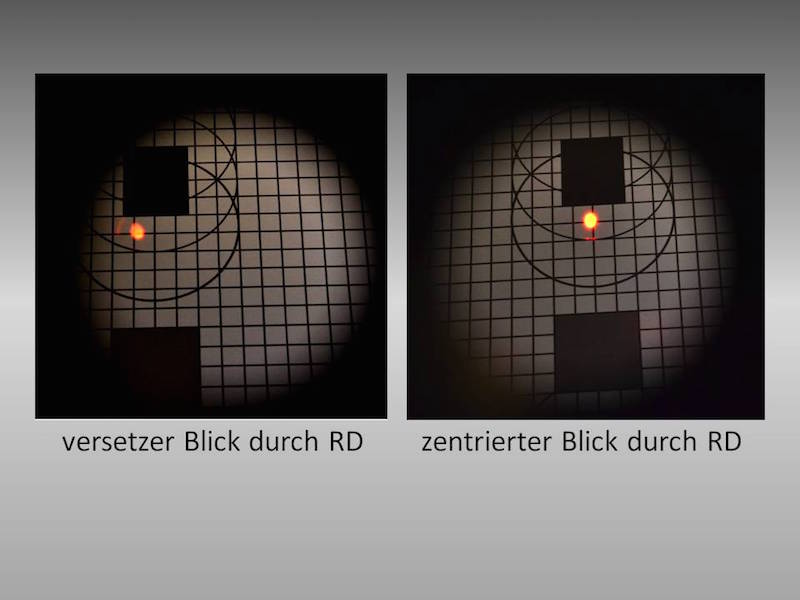
For these reasons: Always use red dot sights with both eyes open!
- Only as bright as necessary:
When using red dot sights, many tend to adjust the mark as bright and intense as possible to make it clearly visible.
However, the brightness/intensity adjustment is meant to adapt the target mark to the respective lighting conditions. Why is this so important?
 The brighter the aiming point is adjusted, the larger it becomes. In the projection, the marked point forms a corona around the actual projected center. Depending on the quality of the sight, this corona can be larger or smaller. The larger the point, the more it covers the target. This is not really problematic at short distances, as the target is close and large enough. The greater the distance, the larger the target is covered. This can go so far that eventually the entire target is covered by the point. It can also lead to glare and glare effect.
The brighter the aiming point is adjusted, the larger it becomes. In the projection, the marked point forms a corona around the actual projected center. Depending on the quality of the sight, this corona can be larger or smaller. The larger the point, the more it covers the target. This is not really problematic at short distances, as the target is close and large enough. The greater the distance, the larger the target is covered. This can go so far that eventually the entire target is covered by the point. It can also lead to glare and glare effect.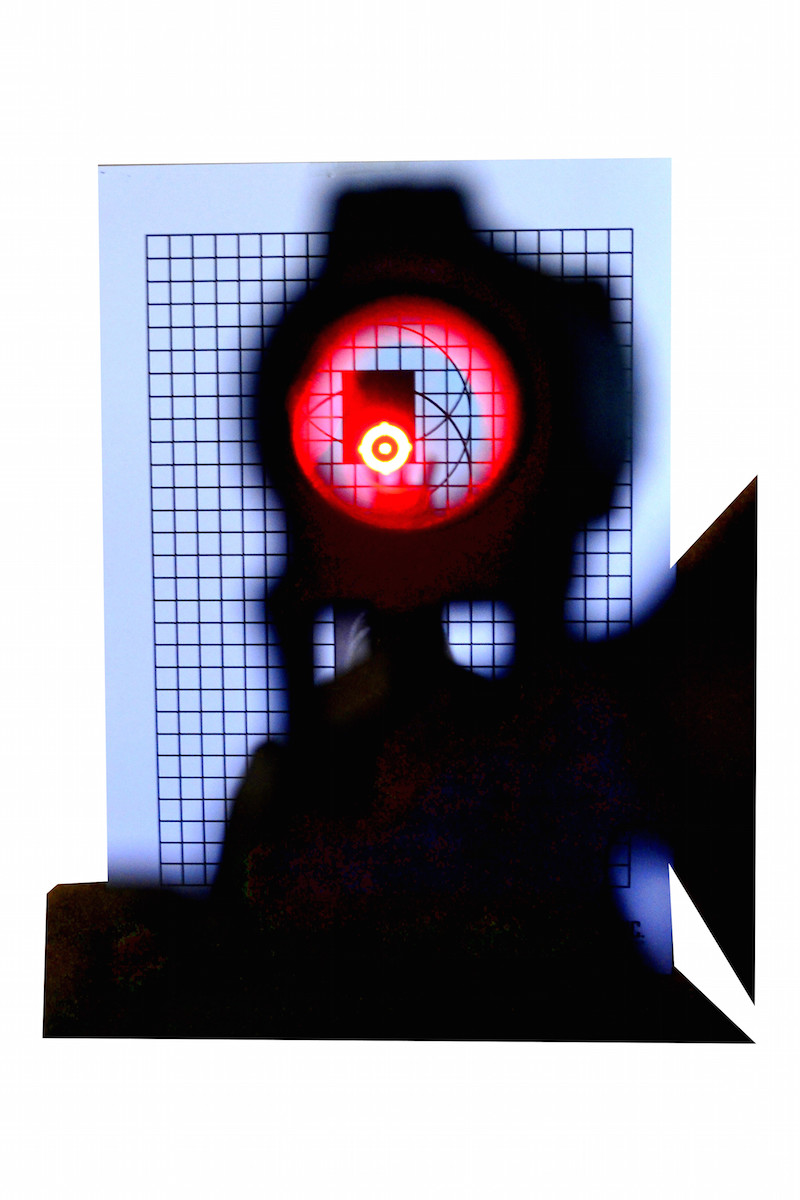
A high light intensity of the dot should only be used in suitable lighting conditions that counteract corona formation. Remember: The brighter the surroundings, the brighter the dot.
- Not too close to the eye
The mounting of a red dot sight is as important as its use and is inevitably related to it.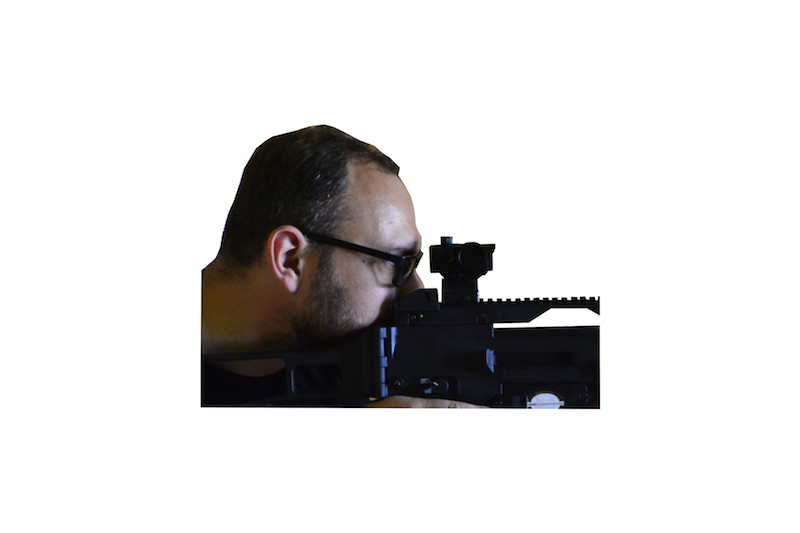 A red dot sight is intended to project the red dot into the shooter's field of view when the weapon is shouldered, while minimizing disruption to the shooter's field of view. Since the red dot cannot be projected without modifications, the distance to the shooter's eye should be chosen so that the modifications to the projection surface interfere as little as possible, but the sight is still effective.
A red dot sight is intended to project the red dot into the shooter's field of view when the weapon is shouldered, while minimizing disruption to the shooter's field of view. Since the red dot cannot be projected without modifications, the distance to the shooter's eye should be chosen so that the modifications to the projection surface interfere as little as possible, but the sight is still effective.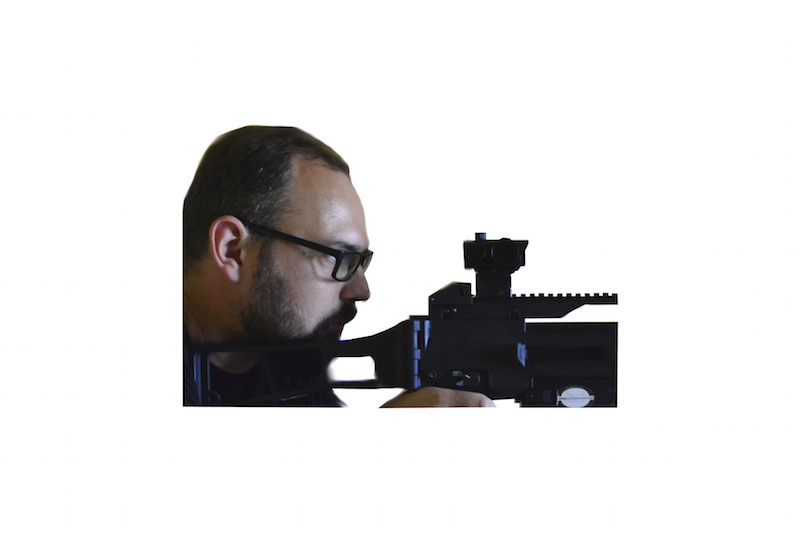
A red dot sight is not a telescopic sight. Therefore, it is advisable to place the sight in front of or in the area of the weapon's controls. This offers short distances and maintains a minimum distance of about 30 cm. It also leaves enough space for additional attachments (e.g. magnifier).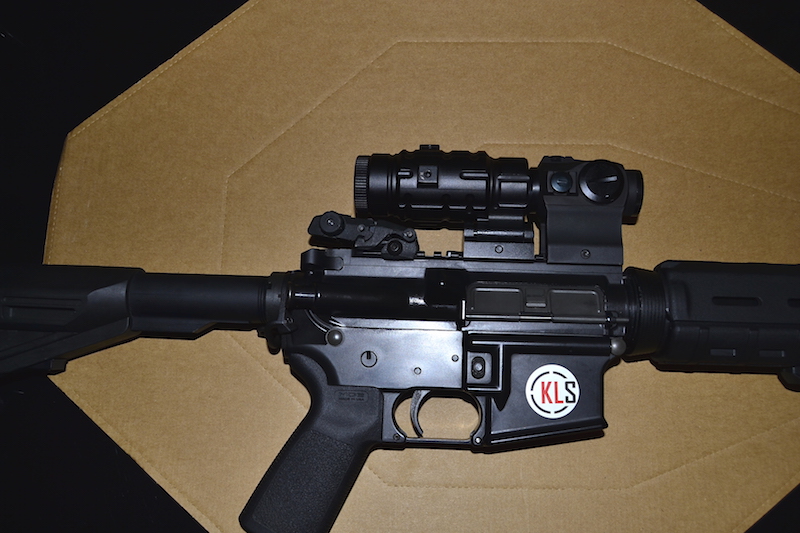
When mounting a red dot sight, there are other aspects to consider in addition to the distance to the eyes. SPARTANAT is the online magazine for Military News, Tactical Life, Gear & Reviews. 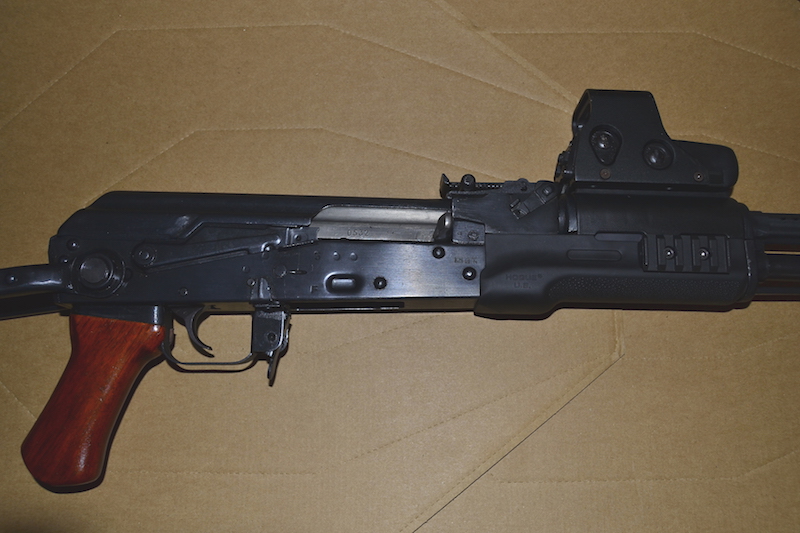
Send us your news: [email protected]
Ad
similar
Get the weekly SPARTANAT newsletter.
Your bonus: the free E-Book from SPARTANAT.

